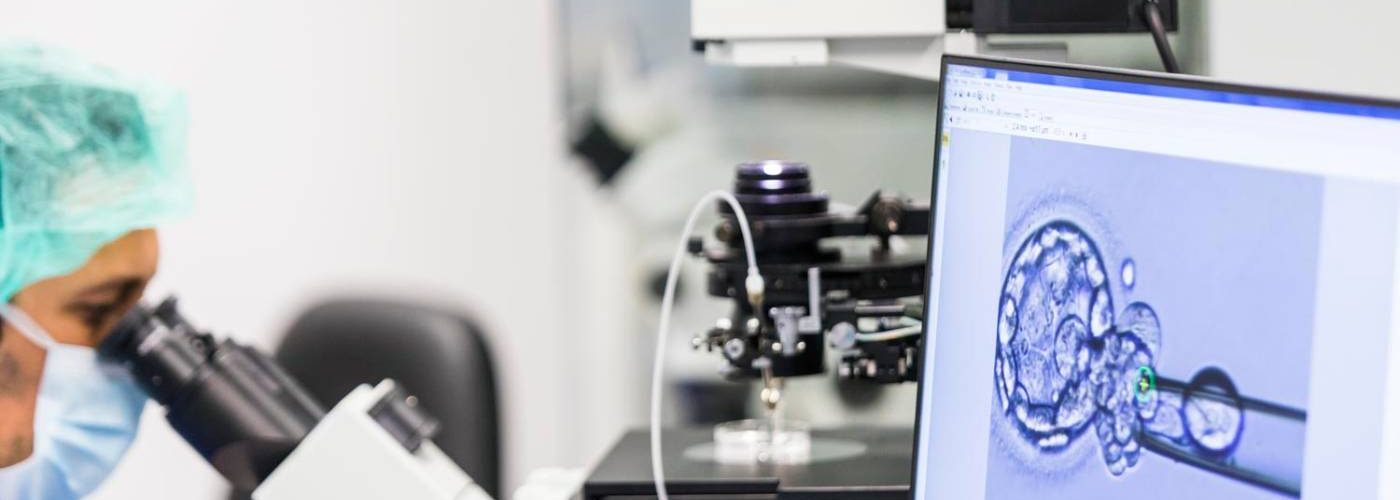
- Approximately 60% of embryos expand after thawing. Those that exhibit this expansion within the first few minutes are generally associated with better outcomes once transferred to the uterus, compared to those that expand later.
- This pioneering study, which includes 800 embryos and utilizes artificial intelligence, provides novel and relevant information for creating a reliable program for selecting thawed embryos
Amsterdam, JULY 07th, 2024
In recent years, new non-invasive approaches applying artificial intelligence (AI) have been investigated to automate embryo selection. The choice of which embryo to transfer is a critical turning point in reproductive treatments, significantly influencing the implantation outcome and subsequent development to achieve a full-term pregnancy.
Various parameters can be analyzed for embryo selection, and many factors can influence this choice. Specifically, the study “Predicting Fetal Heartbeat in Vitrified Blastocysts through Artificial Intelligence Analysis of Post-Warming Images and Videos,” led by IVI Valencia and presented at the 40th ESHRE Congress in Amsterdam, examines embryo expansion after thawing as a predictive factor for embryo viability.
“We studied 800 vitrified blastocysts in a time-lapse incubator during the period between thawing and transfer, analyzing the videos and images obtained during their first 4 hours of development. This allowed us to observe that approximately 60% of the embryos expand after thawing. Of these, those that expand within the first few minutes post-thawing tend to be associated with better outcomes after transfer,” comments Dr. Marcos Meseguer, scientific supervisor at IVI and author of the study.
However, some embryos expand slightly later, just before transfer. These show two types of expansion: mild and strong.
“When the embryo expands late and mildly, we have seen that pregnancy chances decrease by 5%. But if the expansion is strong, the chances of leading to a pregnancy decrease by more than 15%. In summary, embryo expansion negatively impacts the implantation process by compromising the embryo’s viability”, adds Dr. Meseguer.
This pioneering study goes a step further in analyzing embryos and their revival through the time-lapse system. Additionally, it offers novel and relevant information for identifying specific parameters that allow the creation of a reliable and robust program for selecting thawed embryos.
“In recent years, vitrification has been established as the ‘gold-standard’ technique for embryo cryopreservation in any assisted reproduction center, driving the need to develop more precise and optimal selection criteria for transferring vitrified blastocysts. Thus, the results of this study suggest that combining morphokinetic and proteomic variables with conventional morphological evaluation can significantly improve the prediction of outcomes for thawed embryo transfers”, concludes Dr. Meseguer.
About IVI RMA Global
IVI was established in 1990 as the first medical institution in Spain dedicated exclusively to Human Reproduction. Since then, it has helped bring over 250,000 children into the world through continuous innovation and the implementation of the most advanced assisted reproduction treatments.
It is one of the European centers with the highest pregnancy rates; in fact, the majority of couples who consult IVI for infertility issues achieve their goal. Moreover, it boasts a team of over 2,500 professionals, including some of the world’s leading specialists in assisted reproduction.
IVI is part of the IVI RMA Global group, present in 15 countries. In addition to Spain, it has clinics in Portugal, Italy, the Czech Republic, the Nordic countries, the United Kingdom, the USA, Canada, Panama, Brazil, and Chile.
